7 SUV Myths You Need to Forget And 7 Truths That Might Surprise You
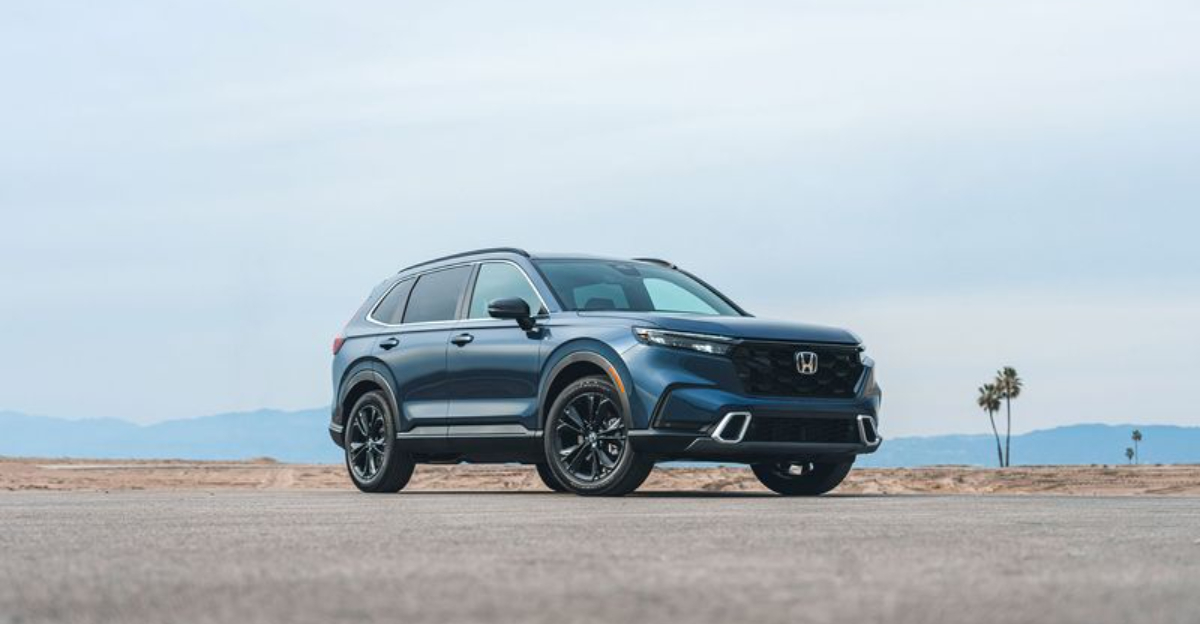
SUVs spark strong opinions, and plenty of those are based on half-truths and old rumors. Some say they guzzle gas like there’s no tomorrow, others think they handle like cargo ships in a storm.
Then there’s the belief that bigger always means safer, or that luxury trims equal true off-road talent.
The reality is a little more complicated and often more interesting.
Behind the assumptions sits a mix of surprises that challenge what people think they know about these high-riding machines.
1. MYTH: SUVs are always safer than cars
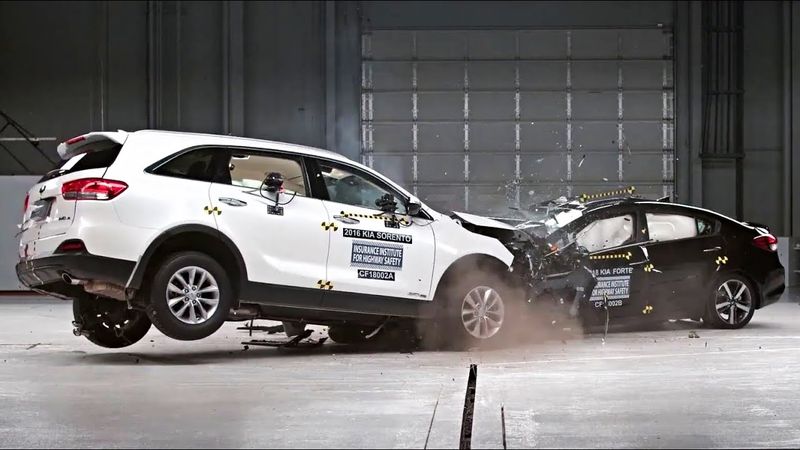
Bigger doesn’t automatically mean safer! While SUVs offer commanding road presence, they actually have a higher rollover risk due to their elevated center of gravity.
Modern sedans often score equally well in crash tests, with sophisticated safety systems that match or exceed some SUV offerings.
The Insurance Institute for Highway Safety regularly awards top safety picks to vehicles across all categories.
Your driving habits matter more than vehicle type when it comes to road safety.
2. MYTH: All SUVs are gas guzzlers
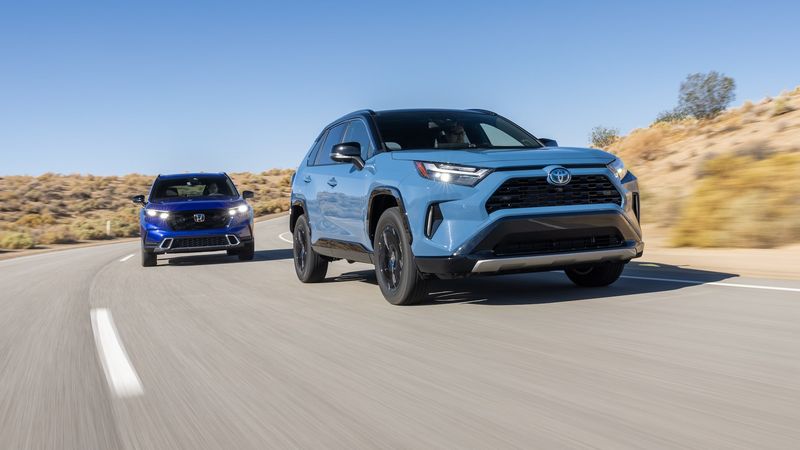
Remember those 12 MPG behemoths from the 1990s? Times have changed dramatically! Today’s SUVs often utilize turbocharging, cylinder deactivation, and lightweight materials to sip fuel more conservatively.
The Honda CR-V Hybrid delivers an impressive 40 MPG city, rivaling many sedans. Even larger models have become significantly more efficient with each generation.
Engine downsizing has become standard practice, with 4-cylinder SUVs now dominating the market where V8s once reigned.
3. MYTH: SUVs can go anywhere off-road
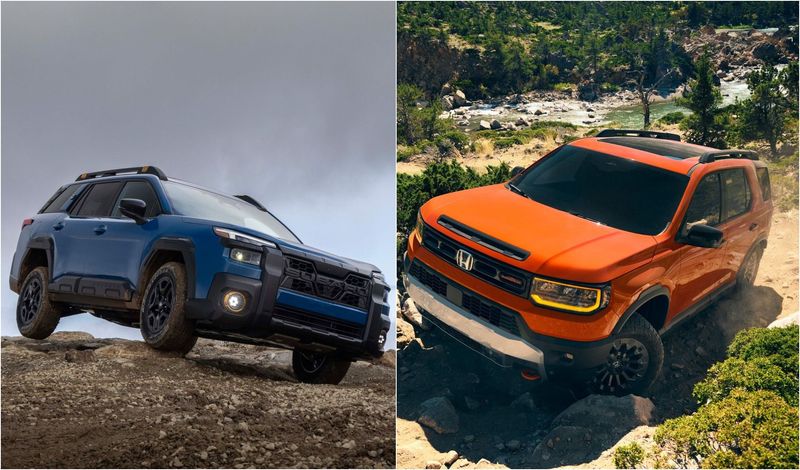
Your shiny mall-crawler probably isn’t ready for Moab! Most modern SUVs are actually crossovers built on car platforms with limited ground clearance and approach angles that make serious off-roading impossible.
Without proper skid plates, locking differentials, and low-range gearing, that forest trail could quickly become a towing expense. Only about 10-15% of today’s SUVs have true off-road capability.
Those rugged commercials showing SUVs conquering mountains? Usually filmed with specialized off-road packages or heavy modifications.
4. MYTH: Bigger always means more cargo space

Size can be deceiving in the SUV world! A Honda CR-V (compact SUV) offers 39.2 cubic feet behind the rear seats, outclassing some midsize models with sloping rooflines designed for style over function.
Clever interior packaging makes all the difference. Some smaller SUVs maximize every inch with adjustable floors, configurable dividers, and seats that fold completely flat.
Always check the cargo specifications rather than judging by exterior dimensions – that sleek sloping roofline might cost you precious vertical space.
5. MYTH: All-wheel drive is the same as four-wheel drive

Not knowing this difference could leave you stranded! AWD systems typically operate automatically, sending power to all wheels on slippery surfaces but lack the heavy-duty components for serious off-roading.
True 4WD includes low-range gearing for crawling over obstacles and tackling steep terrain.
It’s manually activated when needed and often includes locking differentials for maximum traction in extreme conditions.
AWD excels on rainy highways and snowy commutes, while 4WD shines when the trail disappears entirely.
6. MYTH: SUVs are harder to drive and park

Parallel parking anxiety? Modern SUVs have tech that makes squeezing into tight spots nearly effortless.
360-degree cameras provide a bird’s-eye view around your vehicle, while automatic parking systems can handle the steering for you.
Electronic power steering has lightened the effort needed for maneuvering, and turning radiuses have improved significantly.
The driving position actually offers better visibility in many situations compared to low-slung sedans.
Ultrasonic sensors warn you before you tap that pole, making today’s SUVs surprisingly nimble in urban environments.
7. MYTH: Electric SUVs have poor range
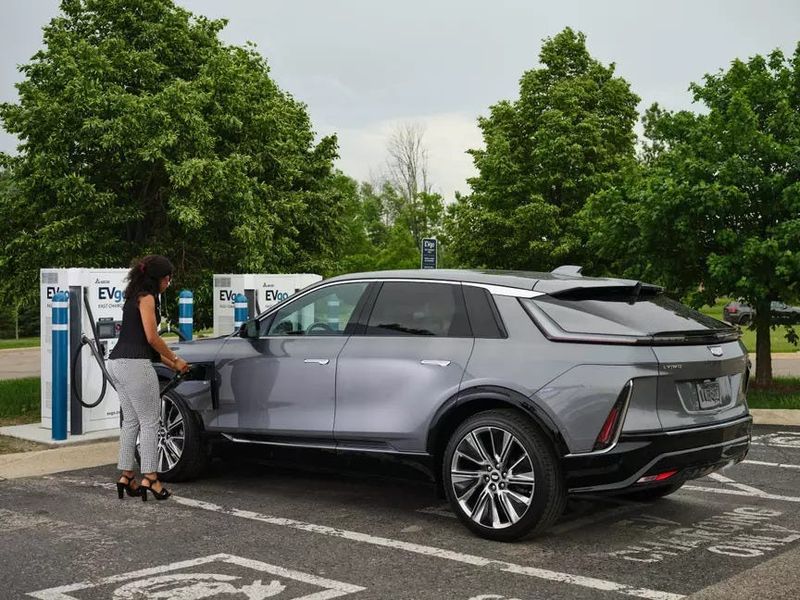
Range anxiety? So 2018! The Tesla Model Y Long Range travels up to 330 miles on a single charge, while the Ford Mustang Mach-E can cover 300+ miles depending on configuration.
Fast-charging networks have expanded dramatically, with many electric SUVs capable of adding 100+ miles of range in just 10 minutes at DC fast chargers.
Battery technology continues improving yearly, with solid-state batteries promising even greater range soon. Most EV owners charge overnight at home and wake up to a “full tank” every morning.
8. TRUTH: Some compact SUVs get better mileage than sedans
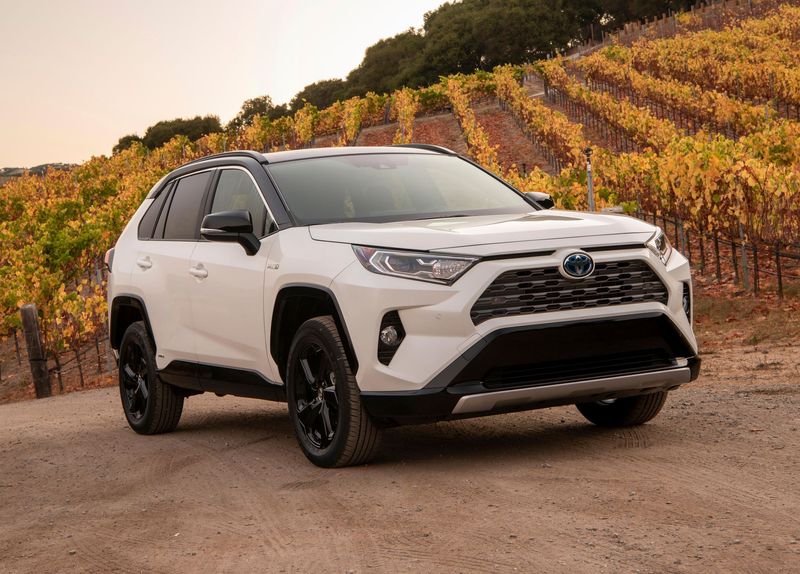
Jaw-dropping but true! The Toyota RAV4 Hybrid achieves 41 MPG city/38 highway, outperforming many conventional sedans.
Aerodynamic designs and weight-saving materials have revolutionized efficiency in the segment.
Mazda’s CX-30 with SkyActiv technology delivers sedan-like efficiency while offering the higher seating position SUV buyers crave.
Advanced transmissions with 8-10 speeds keep engines operating in their efficiency sweet spots. The gap between car and SUV fuel economy continues narrowing with each new generation.
9. TRUTH: Many SUVs have better resale value than cars
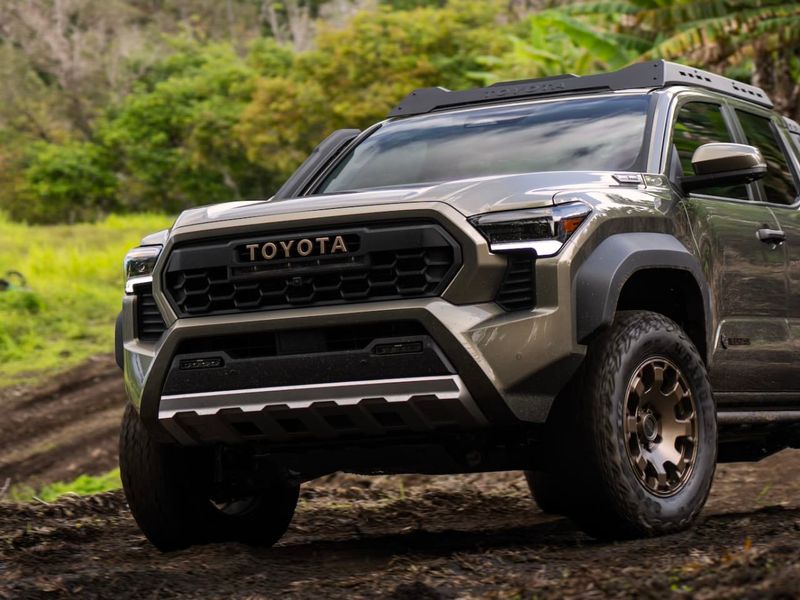
Ka-ching! According to Kelley Blue Book, SUVs like the Toyota 4Runner and Jeep Wrangler retain up to 70% of their value after three years – significantly outperforming the average vehicle.
This resale advantage can actually make total ownership costs lower despite higher initial purchase prices. Market demand for SUVs remains strong, with used examples often selling quickly even with higher mileage.
Certain SUVs become almost legendary for value retention, creating a devoted following that keeps prices high years after production.
10. TRUTH: Modern SUVs can handle corners well
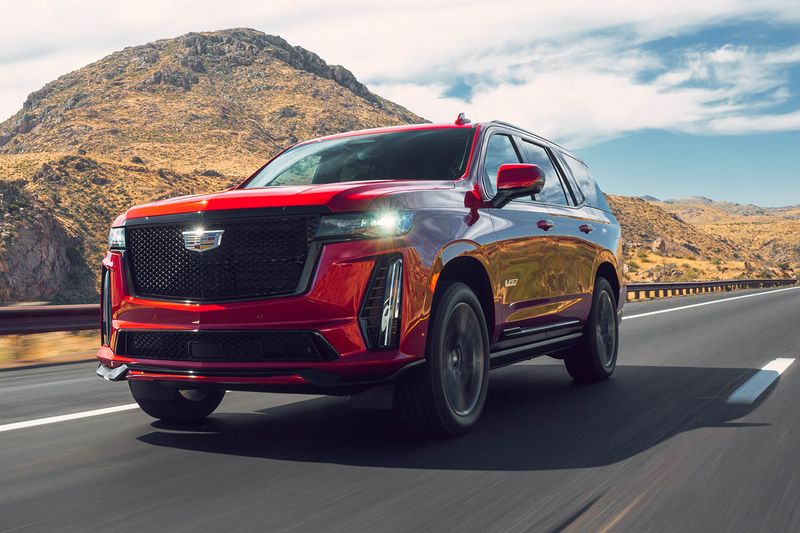
Forget that tippy feeling from yesterday’s SUVs! Adaptive suspension systems in vehicles like the Porsche Macan can instantly adjust damping rates to minimize body roll in corners while maintaining comfort on straightaways.
Lower centers of gravity in crossover designs have dramatically improved handling dynamics.
Advanced torque vectoring systems can even send power to individual wheels during cornering for sports-car-like agility.
The BMW X3 M can accelerate from 0-60 in 3.9 seconds and tackle racetracks with surprising competence.
11. TRUTH: SUVs often have lower insurance rates than sports cars
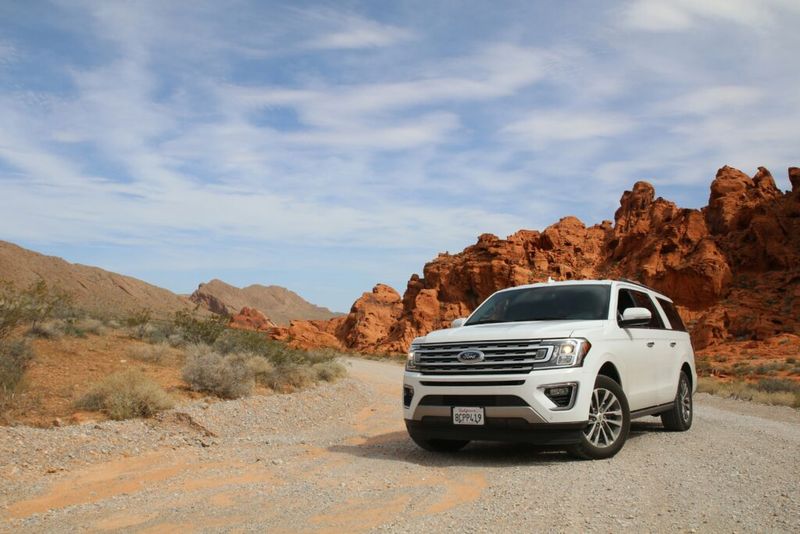
Your wallet might thank you! Insurance companies typically classify many SUVs as family vehicles, resulting in lower premiums compared to sporty coupes with similar horsepower.
Safety features abundant in modern SUVs – like automatic emergency braking and lane-keeping assist – often earn insurance discounts.
The Insurance Institute for Highway Safety (IIHS) regularly awards top safety picks to SUVs across various size categories.
Even performance SUVs frequently enjoy more favorable insurance classifications than their two-door counterparts.
12. TRUTH: Subcompact SUVs can be more affordable than expected
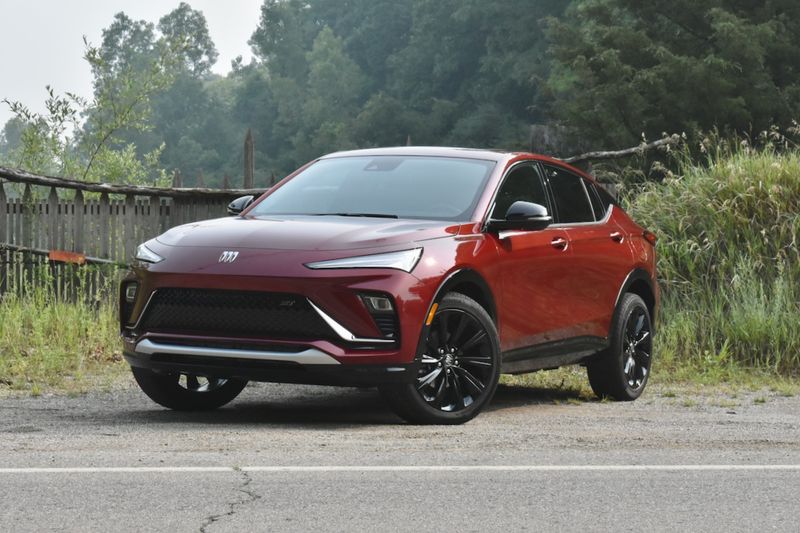
Bargain hunters rejoice! Entry-level models like the Hyundai Venue start around $19,000 – comparable to many compact sedans.
These urban-friendly SUVs deliver the elevated seating position and versatility buyers want without breaking the bank.
Fuel economy often matches or approaches that of similarly-sized cars. Maintenance costs remain reasonable with shared parts across manufacturer lineups.
Many subcompact SUVs come surprisingly well-equipped even in base form, with standard touchscreens, smartphone integration, and advanced safety features.
13. TRUTH: Many SUVs now offer car-like ride comfort
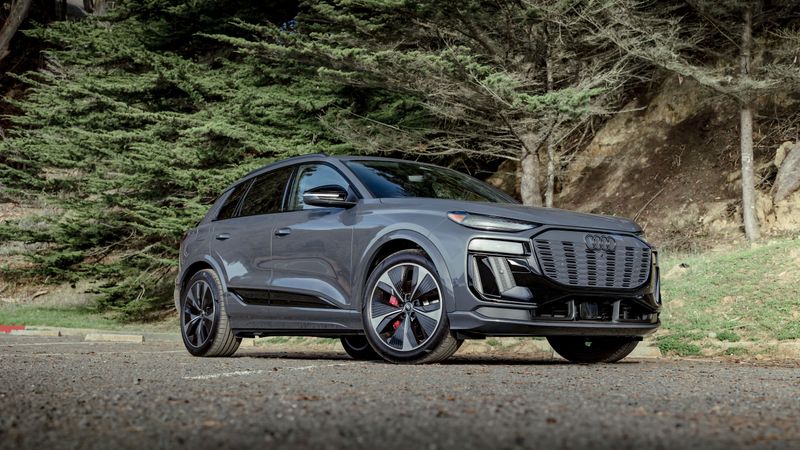
Gone are the days of truck-like bounciness! Unibody construction has replaced body-on-frame designs in most SUVs, dramatically improving ride quality.
Independent suspension setups absorb bumps with sophisticated damping that rivals luxury sedans.
Noise insulation has improved tremendously, with acoustic glass and sound-deadening materials creating whisper-quiet cabins even at highway speeds.
Wheelbase lengths have increased, providing more stable and composed ride characteristics. Comfort-focused SUVs like the Lexus RX pioneer innovations that eventually spread throughout the market.
14. TRUTH: Plug-in hybrid SUVs can outperform regular hybrids

Power AND efficiency? Yes please! The RAV4 Prime plug-in hybrid sprints from 0-60 in just 5.7 seconds – quicker than many sports cars – while still delivering 42 miles of all-electric range before the gas engine activates.
These technological marvels often qualify for tax incentives that can significantly reduce purchase prices.
The ability to charge at home means many daily commutes can be completed using no gasoline whatsoever.
Combined power outputs frequently exceed 300 horsepower while maintaining efficiency that would have seemed impossible just a decade ago.
